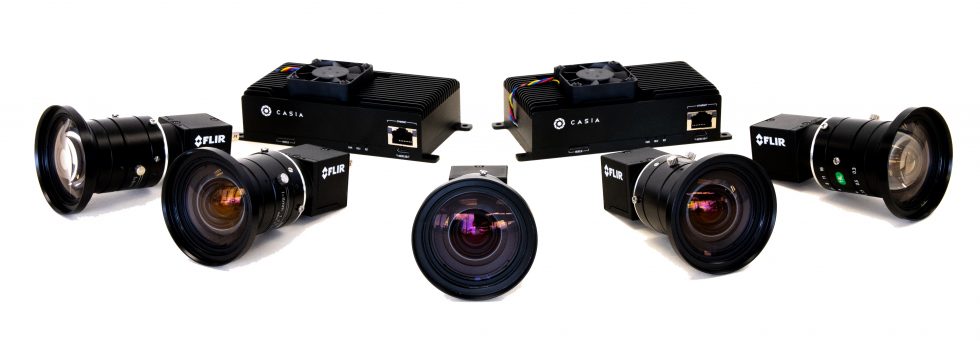
The commercial drone market is set to transition from a “nascent” to a “growth” stage, according to a new report by industry analyst Frost & Sullivan — predicting unit shipment to increase from 2.44 million units in 2019 to 2.91 million units in 2023.
North America will remain the largest market for commercial drone systems, according to the report, followed by the Asia-Pacific region and Europe.
“Unit growth is driven by increasing regulatory support for commercial drone use in the APAC region, especially India,” said Michael Blades, vice president of aerospace, defense and security at Frost & Sullivan.
Growth in the North American and European markets continues to be gated behind slow regulatory progress, with the Federal Aviation Administration reluctant to move quickly on integration of unmanned aircraft into the national airspace in ways that would allow for flights over people, beyond the operator’s visual line of sight (BVLOS) and in restricted airspace to become routine.
Some industry onlookers believe the ongoing coronavirus outbreak may accelerate regulatory approval for more complex drone operations as the value of drone delivery, at-a-distance health analysis and autonomous, aerial movement of medical supplies becomes clear.
According to Frost & Sullivan’s analysis, technological trends inflating sales of commercial drone systems include artificial intelligence for both autonomous flight and data processing, as well as platforms with unique capabilities “such as long endurance flights and conducting indoor/confined spaces inspections.”
Casia 360, a new onboard detect-and-avoid solution recently released by Iris Automation, is one example of the technology enabling autonomous flight and thus unlocking market potential for the industry. A lightweight, low-power hardware and software system produced in the United States, Iris’ Casia technology has been granted BVLOS approvals by regulators in the U.S., Canada and South Africa.
“Casia 360 allows a drone to have a complete sense of its surroundings so it can avoid potential collisions from any direction,” said Iris Automation CEO Alexander Harmsen. “It enables drones to be used for an even greater range of long-distance use cases and saves money, increases safety and unlocks applications across multiple industries: railway, energy sector, utility powerline inspections, package delivery, and life-saving search and rescue operations.”